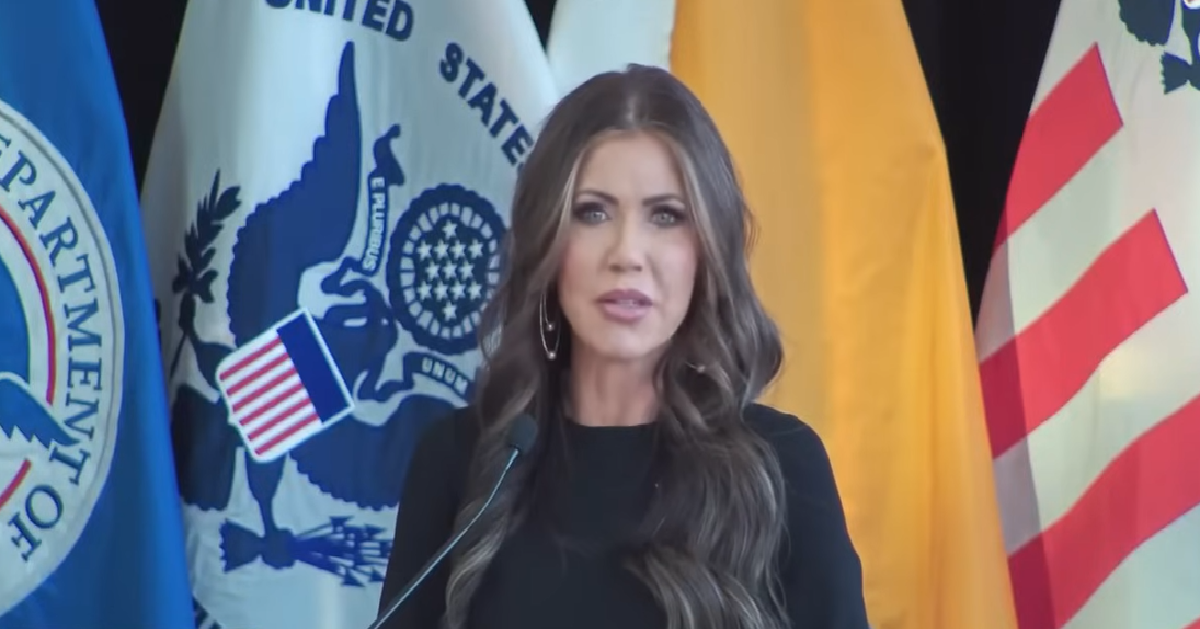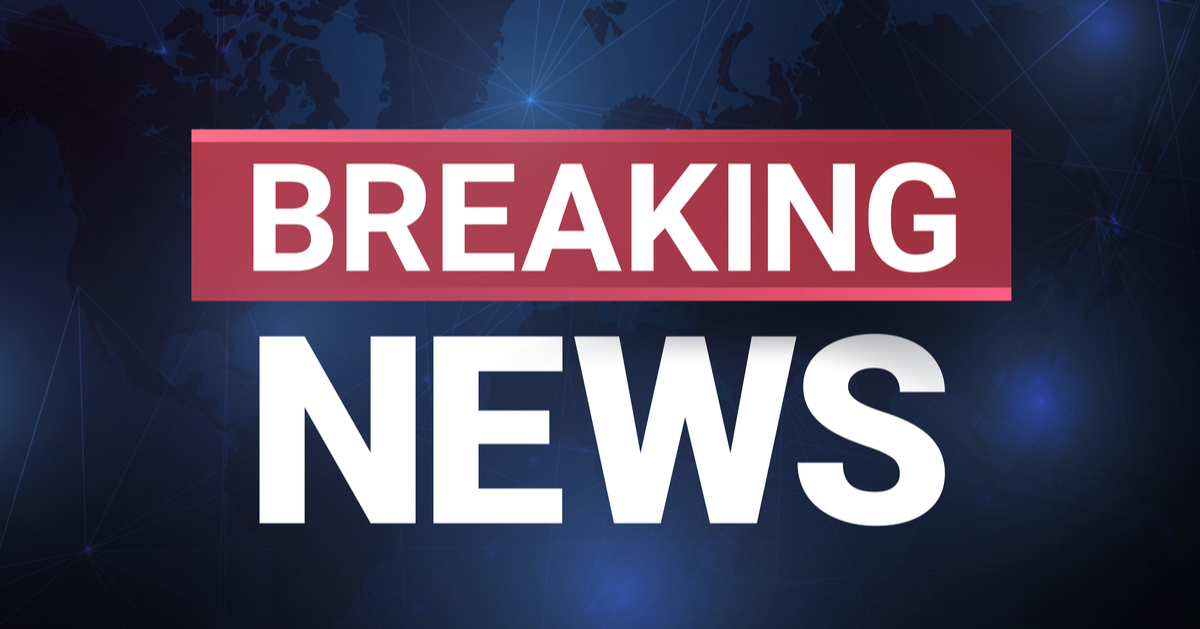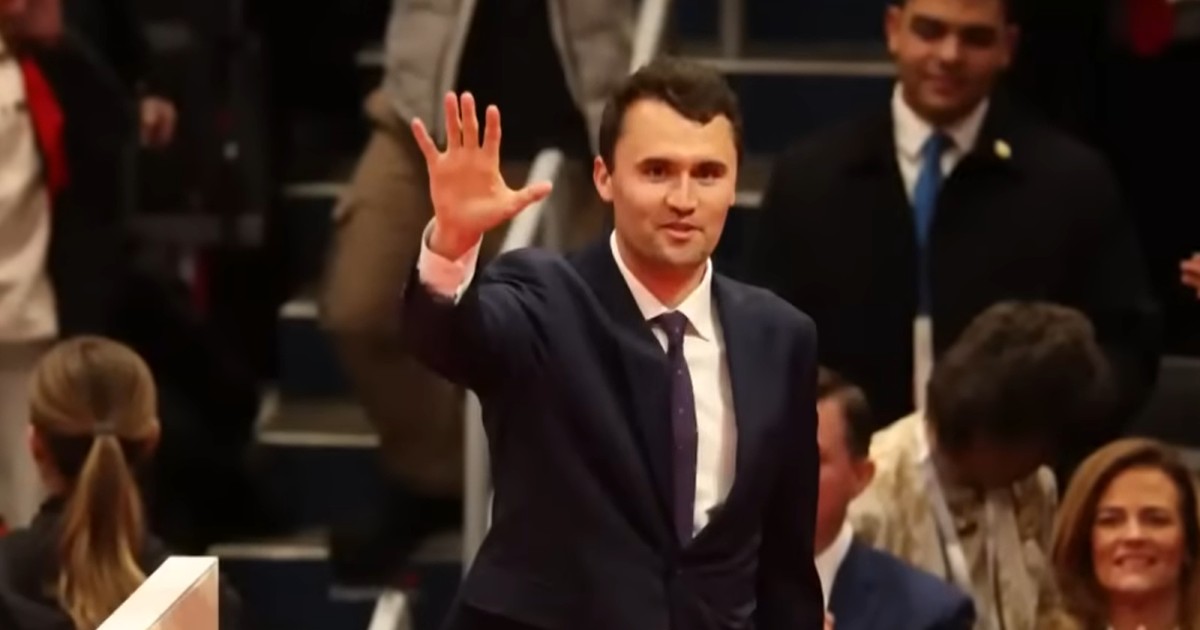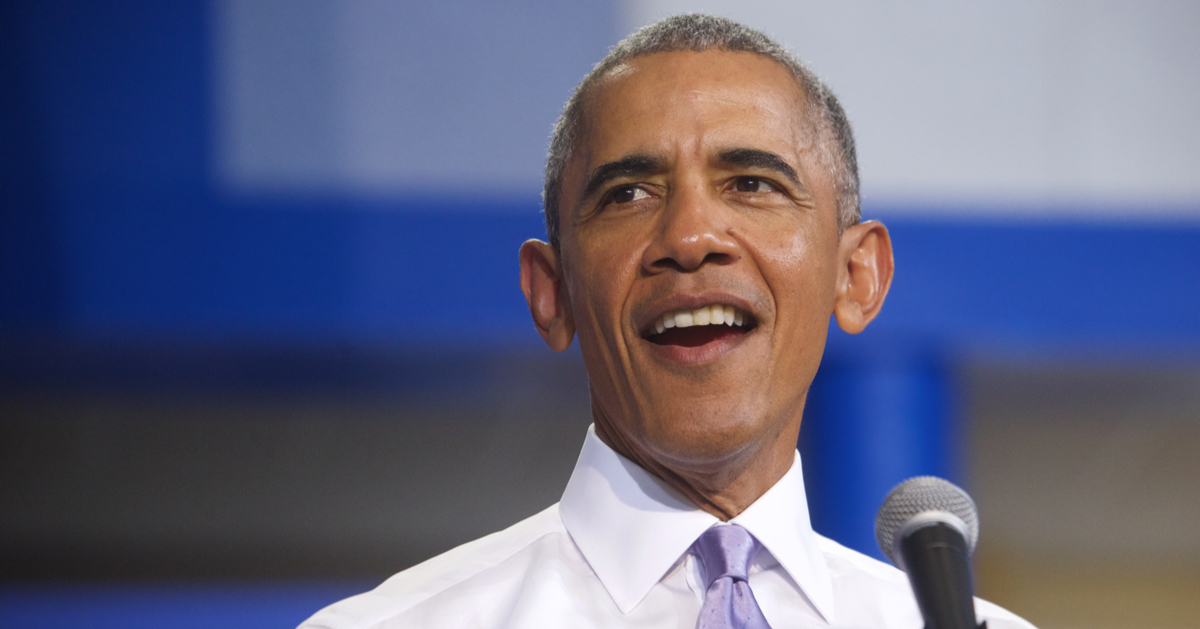Federal judge upholds Trump’s watchdog firings
President Trump’s swift purge of federal watchdogs sparked a legal firestorm, but a judge just gave him a pass—sort of, CBS news reported on Wednesday.
A federal court ruled that Trump broke the law by firing eight inspectors general without proper notice, yet refused to reinstate them, leaving conservatives cheering a win for executive power and progressives clutching their pearls. The decision exposes the tension between a president’s authority and bureaucratic protections, with Trump’s agenda to reshape government taking center stage.
In a single move, Trump sacked 17 inspectors general, including eight from key agencies like Defense, State, and Veterans Affairs, shortly after returning to the White House. These independent officials, tasked with sniffing out fraud and waste, were shown the door via email, citing “changing priorities.” The White House’s curt dismissal, effective immediately, raised eyebrows and questions about accountability.
The Inspector General Act demands a 30-day notice to Congress with clear reasons before such firings, a rule Trump ignored with gusto. Both Republican and Democratic leaders on the Senate Judiciary Committee called him out, demanding compliance, but the White House stayed silent. This brazen move fueled a lawsuit from the fired watchdogs, who claimed Trump overstepped his authority.
Firings Ignite Legal Battle
In mid-February, the ousted inspectors general fought back, filing a lawsuit to reclaim their posts and secure back pay. They argued Trump’s actions violated the Inspector General Act, a safeguard meant to protect their independence from political whims. The lawsuit was a bold stand against what many see as Trump’s push to clear out Biden-era holdovers.
U.S. District Judge Ana Reyes didn’t mince words: Trump’s firings were illegal. “President Trump violated the IGA. That much is obvious,” she wrote, slapping the administration’s wrist for flouting congressional notification rules. Yet, conservatives might nod approvingly at Trump’s decisiveness, seeing it as a necessary shake-up of entrenched bureaucrats.
Still, Reyes stopped short of reinstating the watchdogs, a decision that stings for those hoping for a full rebuke of Trump’s power play. She reasoned that the officials failed to prove irreparable harm, noting they could be legally fired again if Trump follows the proper 30-day process. This pragmatic ruling keeps the door open for Trump to continue reshaping the federal landscape.
Court Balances Law and Power
The fired inspectors general, who served across multiple administrations, were no small players. Their roles at agencies like Health and Human Services and Labor involved rooting out corruption and inefficiency, often at personal sacrifice. Judge Reyes acknowledged their service, lamenting that they “deserved better from their government.”
“They sacrificed much to take on the role of an IG,” Reyes wrote, highlighting their decades of leadership. “They deserved better from their government. They still do.” Her words carry weight, but conservatives might argue that loyalty to the president’s vision trumps bureaucratic tenure.
“Unfortunately, this Court cannot provide Plaintiffs more,” Reyes concluded, underscoring the limits of judicial intervention. The ruling leaves the watchdogs in limbo, with no reinstatement or back pay, a bitter pill for those who see their firings as politically motivated. Yet, it’s a green light for Trump to keep cleaning house, provided he dots the legal i’s next time.
Trump’s Broader Government Overhaul
Trump’s firing spree is part of a larger mission to overhaul the federal government, targeting officials appointed under Biden. The White House Personnel Office’s email, citing “changing priorities,” was a blunt signal of this shift. For MAGA supporters, it’s a refreshing purge of a bloated, woke-leaning bureaucracy.
Since the firings, Trump has moved quickly, nominating replacements for five of the agencies, with one already confirmed at Veterans Affairs. This rapid pace suggests a strategic effort to install loyalists who align with his vision. Critics, though, worry this undermines the independence of inspectors general, who are meant to serve as impartial watchdogs.
The Supreme Court’s involvement adds another layer to the saga, having upheld Trump’s authority to fire officials at four agencies. A pending case about removing Lisa Cook from the Federal Reserve Board of Governors could further clarify the president’s powers. For now, Trump’s ability to reshape the government seems largely unchecked.
Conservative Win, Balanced Critique
Judge Reyes’ ruling is a mixed bag: a legal slap for Trump’s process but a practical win for his agenda. Conservatives may see it as a victory for a president unafraid to challenge the status quo, while critics lament the erosion of oversight. The balance tilts toward executive power, a nod to Trump’s knack for navigating legal gray zones.
The fired watchdogs, despite their service, are left without recourse, a reality Reyes called unfortunate but unavoidable. Their lawsuit aimed high but landed short, proving that even a violated law doesn’t guarantee a remedy. For Trump’s base, this is a signal that the bureaucracy won’t hold back their leader’s vision.
Ultimately, this case underscores the clash between reform and tradition in Washington. Trump’s bold moves resonate with those tired of bureaucratic inertia, but the cost may be the independence of those tasked with keeping government honest. As replacements move in, the question remains: will oversight survive in a Trump-shaped government?






